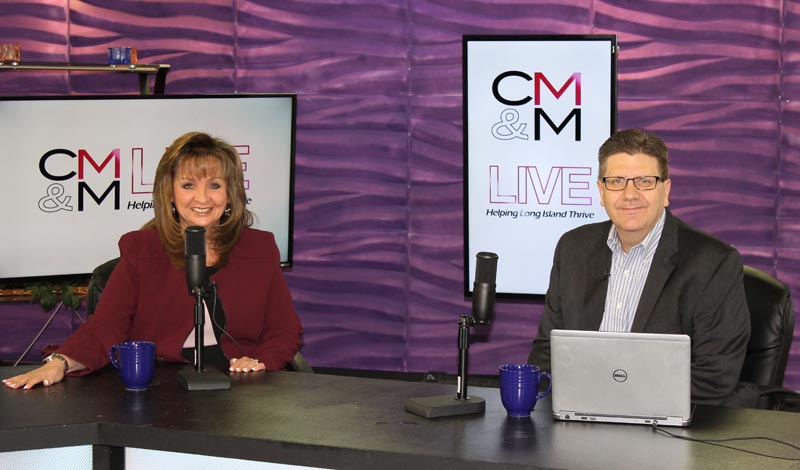 Ronkonkoma, NY – An advocate for the local community, Christine Malafi, a partner at Campolo, Middleton & McCormick, LLP, a premier law firm with offices in Ronkonkoma and Bridgehampton, has been elected to the Board of Directors of Family Service League, a Long Island based non-profit human service organization that provides a safety net for people in need.
Ronkonkoma, NY – An advocate for the local community, Christine Malafi, a partner at Campolo, Middleton & McCormick, LLP, a premier law firm with offices in Ronkonkoma and Bridgehampton, has been elected to the Board of Directors of Family Service League, a Long Island based non-profit human service organization that provides a safety net for people in need.
Established in 1926, Family Service League (FSL) touches the lives of 50,000 people annually, addressing some of the most prevalent and pressing human needs facing our Long Island communities. The agency delivers tangible help and crisis intervention across a spectrum of service areas including mental health conditions, drug and alcohol abuse, homelessness, job training, computer literacy, trauma counseling, and children, family and senior support services. In addition, FSL operates pre-school learning centers and universal pre-K programs. In all, FSL offers over 60 programs at 20 locations throughout Long Island.
“We are proud to welcome Christine to the Family Service League Board of Directors. We feel that her integrity and expertise in law and business, combined with her advocacy of social service programs, will be an asset to our organization as we plan for the future,” said Karen Boorshtein, FSL President and CEO.
Malafi’s credentials include chairing CMM’s Corporate department, one of the most robust teams in the New York region. Her practice focuses on mergers and acquisitions, corporate governance, and labor and employment matters, as well as municipal, insurance coverage, and fraud issues. She represents buyers and sellers in multimillion dollar transactions and serves in a general counsel role for many of CMM’s internationally-based clients. Prior to joining CMM, Malafi made history as the first woman and youngest person to serve as Suffolk County Attorney.
In addition to her new role with Family Service League, Malafi serves on the Boards of the Girl Scouts of Suffolk County and Natasha’s Justice Project, as well as the Board of Governors of Touro Law School.
About CMM
Campolo, Middleton & McCormick, LLP is a premier law firm with offices in Ronkonkoma and Bridgehampton, New York. Over the past generation, CMM attorneys have played a central role in the most critical legal issues and transactions affecting Long Island. The firm has earned the prestigious HIA-LI Business Achievement Award and LIBN Corporate Citizenship Award, a spot on the U.S. News & World Report list of Best Law Firms, and the coveted title of Best Law Firm on Long Island.


 By
By  By Bernadette Starzee
By Bernadette Starzee

 The Long Island landscape has changed drastically since Levittown became a national symbol of postwar suburban sprawl, but the future remains uncertain. What challenges will today’s developers, municipalities, and residents face tomorrow in the ever-changing world of Long Island commercial and residential real estate? Join us for a wide-ranging panel discussion with a mix of important voices about the future of real estate on our island.
The Long Island landscape has changed drastically since Levittown became a national symbol of postwar suburban sprawl, but the future remains uncertain. What challenges will today’s developers, municipalities, and residents face tomorrow in the ever-changing world of Long Island commercial and residential real estate? Join us for a wide-ranging panel discussion with a mix of important voices about the future of real estate on our island.


